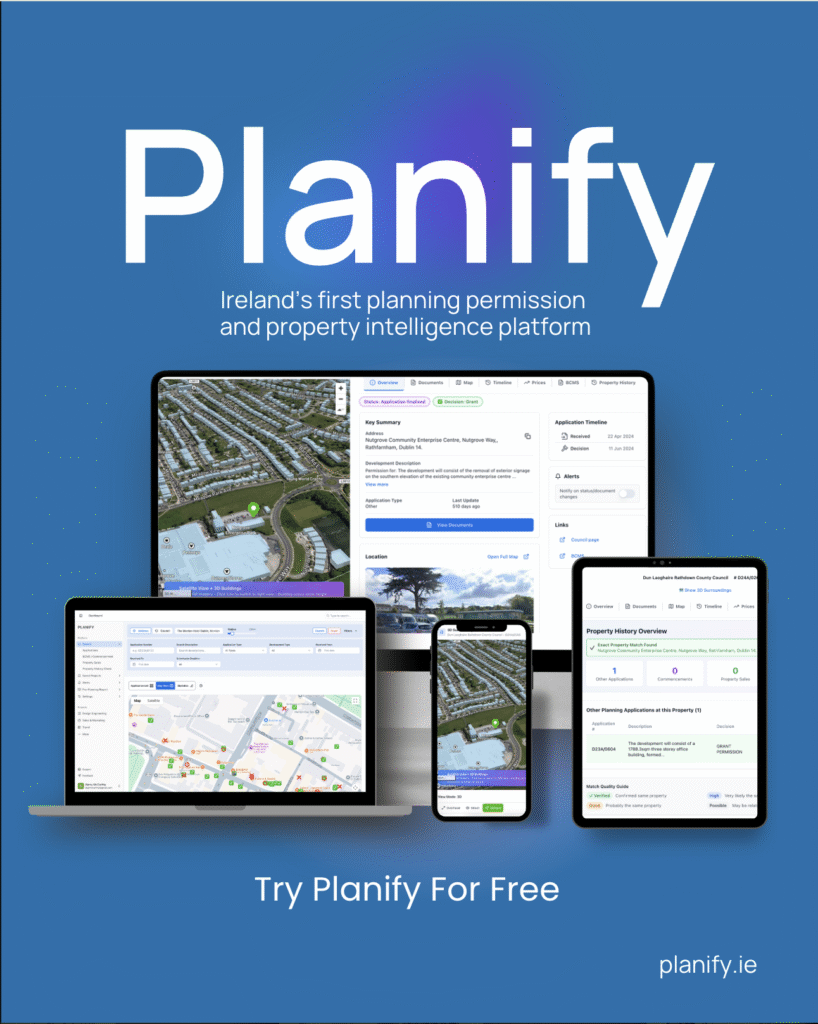Rents in Ireland continue to rise steadily, despite a slight slowing in the rate of increase, according to the latest figures from the Residential Tenancies Board. The data from the third quarter of last year provides a comprehensive analysis of rental trends in the country, including information on both new and existing tenancies. The persistently high rental prices in Ireland, which have more than doubled since 2013, have placed the rental market at the forefront of the housing crisis.
In terms of new tenancies, the national average rent increased by 11% year on year, surpassing the inflation rate of 5.1% during the same period. The average monthly rent for new tenancies was just under €1,600, rising to over €2,100 in Dublin and €1,386 in Cork. Rental levels for new tenancies hit a low point in 2013 and have been steadily rising since then, with a temporary halt during the Covid-19 pandemic. The increase from €800 at the market’s lowest point to over €1,600 is significant, even though rental costs had fallen to unusually low levels after the economic crash.
When examining quarterly trends, the rate of increase has been slowing down on a national level, with a 1.6% rise in the last quarter. However, this slowdown is primarily driven by a decrease in the rate of increase in Dublin, where the quarterly rise was 0.6%. Outside Dublin, the quarterly increase was 5.8%, and outside the Greater Dublin Area (GDA), it was 7.3%. It’s important to note that rental prices outside the GDA are generally lower, with an average of €1,253 per month, so the higher quarterly increase may be due to a catch-up effect in those areas.
The lack of supply in regional areas, along with a decline in the number of new registrations, has contributed to the rising rental prices. The counties with the largest annual increases in rents for new tenancies include Wexford (23.5%), Donegal (23.4%), Clare (19.4%), Roscommon (19.3%), and Kilkenny (19.2%). Remote working may also be a factor, as some individuals have chosen to give up on the Dublin market and seek more affordable options elsewhere.
On the other hand, the increase in apartment availability in Dublin may have contributed to a slowdown in the rise of rental costs in the capital. The average rental level in existing tenancies, at €1,357, is approximately 18% lower than in new tenancies. In Dublin, the figure for existing tenancies is €1,788. The index for existing tenancies, which was introduced in the third quarter of 2022, shows an annual increase of 5.2%, indicating the impact of rental pressure zones (RPZs) where annual increases are limited. The Residential Tenancies Board (RTB) cautions that the fact that the annual rise exceeds the 2% RPZ limit does not necessarily mean that landlords are breaching the rules. The RTB data covers both RPZ and non-RPZ areas and is influenced by factors such as the end of some tenancies and the registration of others as existing tenancies for the first time. However, the data does highlight the issue of compliance, and the RTB plans to investigate possible rule violations using this information. In Dublin, where all tenancies are subject to RPZ regulations, the average annual increase in rents for existing tenancies was 4.3%.
Affordability remains a concern across most of the Irish rental market. Nearly one in three new tenancies now involves a monthly rent of over €2,000, with this figure rising to one in every two tenancies in Dublin. Despite the recent increase in interest rates, average mortgage repayments for first-time buyers remain lower than rental prices for equivalent properties. However, mortgage repayments are catching up with the average costs of existing tenancies.
Dublin remains the most challenging area in terms of rental prices, with average rents for new tenancies exceeding €2,000 and reaching €2,113 in Co Dublin and €2,638 in Stillorgan, south Co Dublin, which is the highest in the country. Dún Laoghaire/Rathdown has an average monthly rent of over €2,400 for new tenancies. Other cities like Galway and Cork also have high rental prices, with averages close to €1,700 and €1,500, respectively.
The data also highlights the increasing demand for larger rental properties, with annual increases of 13% or more for new tenancies in three- and four-bedroom houses. The annual growth rate for new tenancy rents for houses in Dublin reached 12.7%, the highest recorded rate to date.
The private rental market continues to experience a decline in supply, with more landlords selling properties than purchasing new ones for the rental market. Although some new supply has entered the market, particularly in the form of apartments in Dublin, many of these properties are expensive, and overall availability remains low. In the third quarter of 2023, there were 37.7% fewer new tenancy registrations compared to the same period in 2022, with approximately 14,000 new tenancies registered. The RTB advises caution in interpreting these numbers, as late registrations may slightly increase the 2023 figure. Nevertheless, this trend indicates a decline in new tenancy numbers and reduced turnover in the private rental sector. Additionally, the usual seasonal surge in registrations due to students returning to college was not evident in 2023. Over half of all new tenancies in the third quarter were located in the Greater Dublin Area, and 78% of these were for apartments. This suggests that the supply of houses for rental, particularly in areas outside Dublin, remains very limited.
Although the RTB figures do not compare Ireland to other countries directly, recent Eurostat data has shown that Ireland has one of the highest rental markets in Europe. Rents in Ireland have doubled since the economic crash, compared to a 22% increase across the EU and a mere 3% increase over the past year. Rental prices in Dublin are now among the highest in European cities, surpassing major centres such as Barcelona, Hamburg, and Brussels. The chronic supply shortage in the rental market means that many potential renters struggle to find affordable properties. Furthermore, those who are renting often spend an excessive portion of their income on rent, leaving little room for saving or enjoying a reasonable standard of living.







